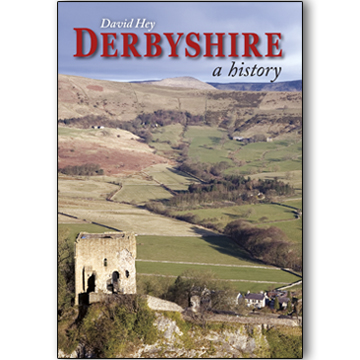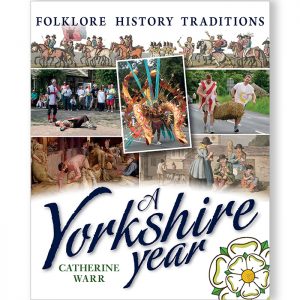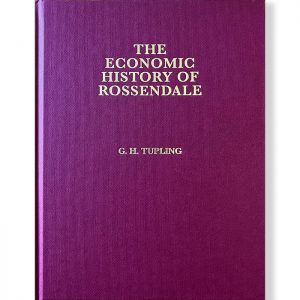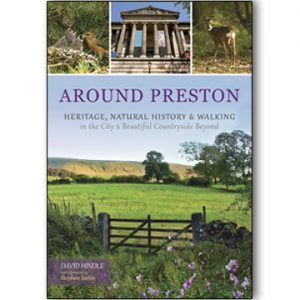Description
Derbyshire is made up of many contrasting parts. The experiences of its sheep farmers on the fringes of the northern moors were very different from those of the cheese-makers south of Ashbourne or the cereal-growers over near the Nottinghamshire border; and the lifestyle of all these farmers was completely different from that of the coal miners in the eastern pit villages, or the workers in the cotton mills of Glossop or the lace factories of Sandiacre and Long Eaton. Unlike the inhabitants of neighbouring Yorkshire and Lancashire, the people of Derbyshire never really developed a strong sense of belonging to their county. Instead, they were attached – as were people all over England – to their own neighbourhoods, or what they called their ‘country’, and within that to the particular places where they lived.
The county’s past is extremely varied and of great interest and wider significance. The river Derwent powered many of the first textile mills – the Derby silk mill of around 1720 was the world’s first real factory – and is now a World Heritage Site. Cheek by jowl with this industrial might sit some of England’s finest aristocratic homes and estates such as Haddon Hall and Chatsworth. The landscape is pock-marked with evidence of farming, mining, quarrying and ancient land-use.
In some ways the county resembles an island, an upland area of great beauty amid a ring of industrial conglomerations, from Manchester to the wool towns of West Yorkshire, and from Stoke to Sheffield and Nottingham. This is a juxtaposition which created many routeways – roads, tracks, railways and even canals – through the Derbyshire uplands, connecting people and merchants from far and wide; and it meant that the county was never as isolated or economically disadvantaged as other English uplands such as Dartmoor or Cumbria.
Derbyshire lies at the very heart of England and in many respects it can be seen to reflect almost every aspect of England’s historical experience, including agriculture, mining, textiles, poverty, plague and prosperity.
- Author: Prof. David Hey
- Binding: Hardback
- ISBN: 978-1-85936-167-2
- Pages: 496
- Illustrations: 470, mostly in full colour
- Date of Publication: 30 October 2008
- Dimensions: 243 × 169 mm







G.C.F Forster, Northern History 47(1) –
A splendid overview of the county’s history in eleven chronologically organised chapters, beginning with prehistory. Using the fruits of many years of research in manuscripts, maps and printed sources, and of fruitful fieldwork, the author examines an impressive range of topics. In so doing, he is able to demonstrate the great diversity to be found in the county, stressing the importance of neighbourhood identities, attachment to what people called ‘their country’, and strong local patriotism. Hey’s well-organised, lucid and highly readable text is complemented by nearly 500 illustrations (always with informative captions), mostly in full colour, and many of them contributed by Mr Alistair Hodge, the publisher. A fine, scholarly work which will be widely welcomed and is astonishingly good value.
Roly Smith, Archaeology and Conservation in Derbyshire (2009) –
An authoritative, handsome and very well-illustrated volume…If you are looking for a comprehensive, readable and attractive history of the county you need to look no further than this beautifully presented volume. Highly recommended.
Joan D’Arcy, Derbyshire Archaeological Society Newsletter #68 (July 2009) –
[Professor Hey] is a well known and highly respected historian and any book from his pen promises a well informed read. This book is no exception. Moreover, it is a very professional production with hundreds of photographs, illustrations and a few maps, many in colour and of high quality reproduction.